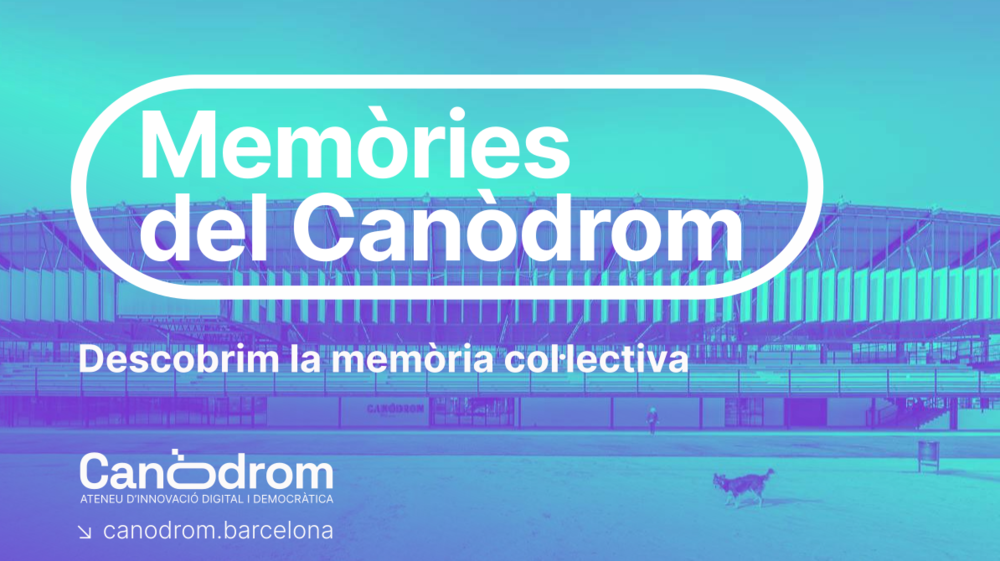Cambios en "Venta de boletos"
Título (Castellano)
- +Venta de boletos
Título (English)
- +Ticket sales
Cuerpo (Castellano)
-
+
🎙️ Documentación colectiva
Fotografía de las taquillas donde se vendían los billetes de apuestas. Estaban situadas en el espacio inferior del Canòdrom, al costado de los baños. Donde nos encontramos ahora la sala Ada Lovelace, o salón de actos. Precisamente, donde estamos celebrando esta jornada de documentación colectiva. Augusto del Rio era el fotógrafo oficial del Canòdrom, pero no podemos saber con seguridad si esta fotografía es suya o no. En el cristal de las taquillas, se puede ver el reflejo de la pista de galgos. Varias personas recordaron como a veces había filas de 50 o 60 personas. La entrada era libre, y apostaba quien quería. Los billetes de apuestas funcionaban al principio mediante electromagnetos, y después con lector de códigos de barras. Las personas participantes más veteranos recordaron que antes del canódromo, en los años 30, había un hipódromo en Montjuïc, donde está ahora el cementerio.
El padre de uno de los participantes había trabajado en el Pabellón, el canódromo de Plaza España, donde la liebre funcionaba mediante un mecanismo de poleas y cuerdas.
⚙️ Metodología
Fotografia documentada colectivamente por vecinos y vecinas participantes en la Jornada de Documentació Col·lectiva de la Nit de Memòries, celebrada el 30 de septiembre en el Canòdrom.
📸 Cedente
Josep Navarro.
Cuerpo (English)
-
+
🎙️Colective documentation
Photograph of the ticket booths where betting tickets were sold. They were located in the lower space of the Canòdrom, next to the toilets. Currently, the Ada Lovelace room, or event room, is located there, where we are currently celebrating this Collective Documentation Day. Augusto del Rio was the official photographer of the Canòdrom, but we cannot know for sure if this photograph is his or not. In the glass of the booths, we see the reflection of the greyhound track. Several people remember how there were sometimes queues of up to 50 or 60 people. The entry was free, and anyone could bet. The betting tickets worked initially through electromagnets and then with barcode readers. The most veteran participants remember how before the Canòdroms, in the 1930s, there was a racecourse in Montjuïc, where the cemetery is now located.
The father of one of the participants had worked at the Pabellón, the Canòdrom in Plaça Espanya, where the hare worked through a system of pulleys and ropes.
⚙️ Methodology
Photography collective documented by residents participating in the Jornada de Documentació Col·lectiva de la Nit de Memòries, held on september 30th at the Canòdrom.
📸 Transferor
Josep Navarro.




Compartir